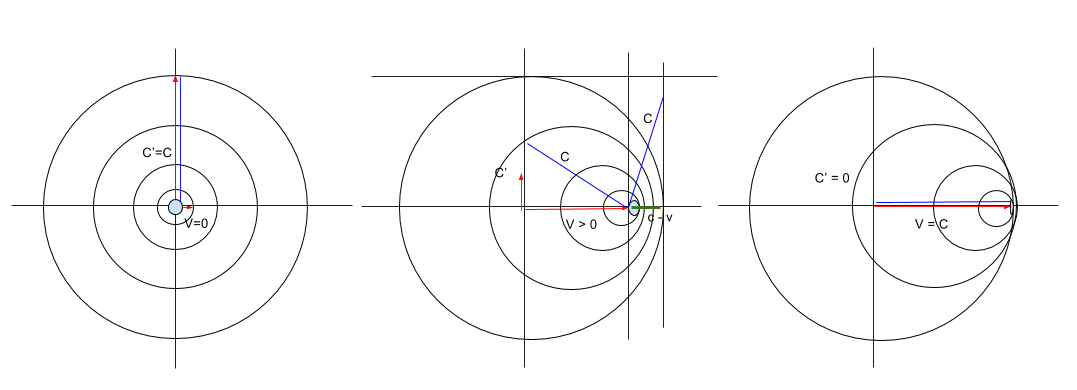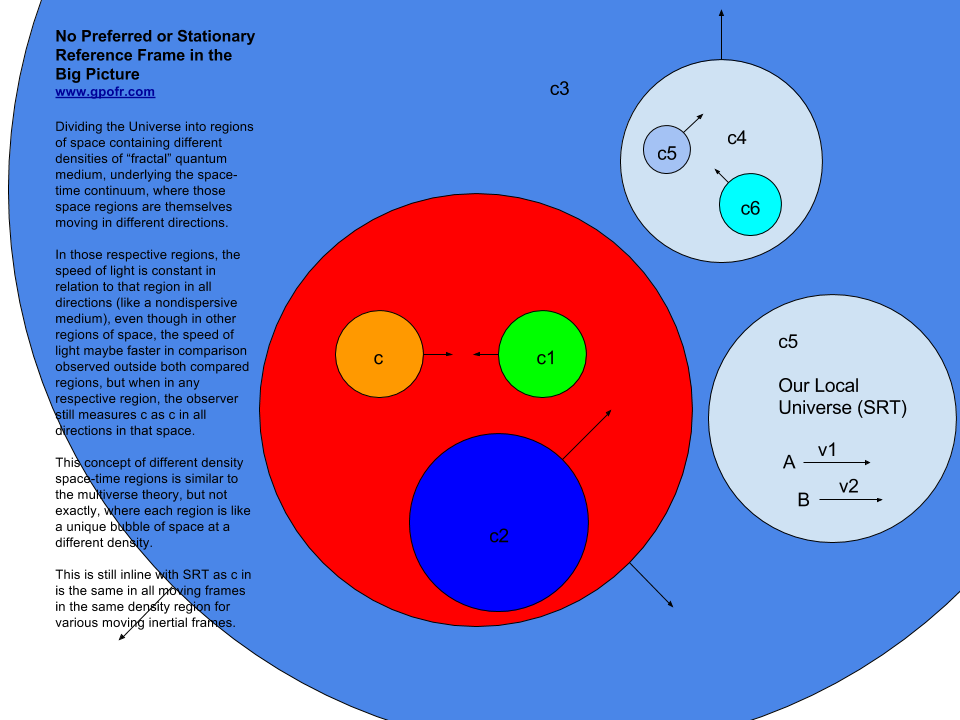A long running dispute exists as to who discovered the mass-energy equivalence relation known famously as the equation `E=mc^2`. Many attribute this relation to Einstein, but that isn’t 100% correct. The mass energy relation was known empirically before Einstein through experimentation, and Henry Poincare derived the relation equation in 1900, 5 years prior to Einstein, in what is described as an “associated electromagnetic radiation energy with a “fictitious fluid” having momentum and mass”. Here is Poincare’s 1900 derivation:
`m_{em} = E_{em} / c^2`
The similarity couldn’t be more striking.
There is also an Italian scientist named Olinto De Pretto, an industrialist from Vicenza, who also published the equation `E=mc^2` in a scientific magazine called Atte in 1903, three years after Henry Poincare, and two years before Einstein.
So it can be said unequivocally that the mass-energy equivalence equation was not discovered by Einstein, but that doesn’t mean Einstein didn’t contribute to the relation. You see, his work with SRT gave context to the relation that didn’t exist prior, and more importantly, `E=mc^2` is derived as a consequence of SRT equation which further validates SRT framework against empirical mass-energy equivalence data. And that’s the truly amazing part of `E=mc^2` from SRT. It is that `E=mc^2` is not discovered in SRT, but is a derivation and validation of SRT.
The derivation of mass-energy equivalence is as follows in relation to SRT:
(1) `E_k = int F dot dx = int mv dot dv = 1/2 mv^2`
Where F is force at `[{kg} dot {m/s^2}]`:
(2) `F = ma`
Where `v` is velocity, and `m` is mass. The `x` symbolizes distance.
That first equation can also be expressed in the following what using some simple substitution as:
(3) `E_k = int F dot dx = int d(mv)/dt dot dx = int d(x)/dt dot d(mv) = int v dot d(mv)`
Where m is relativistic mass m’, just for clarity.
Follow simple integration by parts we get:
(4) `E_k = int ( v^2 dm + mv dv )` … keep this one in the back of your mind
Now from SRT mass-velocity relation, we get the following:
(5) `m = m_o / sqrt(1-v^2/c^2) = m_o c / sqrt(c^2 – v^2)`
(6) `c^2 – v^2 = ({m_o c}/ m)^2 = {{m_o}^2 c^2}/ m^2`
(7) `{m_o}^2 c^2 = m^2 (c^2 – v^2)`
(8) `{m_o}^2 c^2 = m^2 c^2 – m^2 v^2`
This equation alone can be used as the relativistic mass-energy-momentum conservation equation. We could stop here.
Now the key is to use dimension of the variables, because SRT is about changes to dimension that are measured essentially invariant from an observer in their own inertial frame.
Taking the dimension of mass only:
(9) `(m)(m) c^2 = (m)(m) c^2 – (m)(m)(v)(v)`
Remove the extra mass while moving the last term around:
(10) `m c^2 = m c^2 + mv(v)`
Though this equation (10) can be updated to look very closely like equation (4), the context of the terms involved have been lost. Which `m c^2` is relativistic?
To resolve this, we approach this from a slightly different direction using SRT’s geometric Pythagorean application (described in prior post) we get the same thing again:
(11) `c^2 = (c-v)^2 + v^2 = {c’}^2 + v^2`
Applying mass to this equation we get:
(12) `m c^2 = m (c-v)^2 + m v^2`
Notice in (11) and (12) that the terms on the right are object velocity dependent, while the term on the left is a representation of constant c.
This turns (12) into:
(13) `m c^2 = m (c’)^2 + m v^2`
(14) `m c^2 = m (c’)^2 + mv (v)`
Notice the resemblance to equation (10), but this time it gives a better context to which terms are constant and which are not.
The term on the left `m c^2` is using constant c, meaning that mass in that term cannot be constant. It is variable.
The first term on the right `m (c’)^2` is using relative c’, which is still measured as constant c in the moving inertial frame, but it also does mean that the associated mass is moving also, meaning that mass is also not constant. Essentially neither c’ and m in this term are not constant. They are both variable. Therefore taking the dimensions of both terms, where c’ = velocity = v, and m = relativistic mass, we can substitute these variables, which is done in equation (15).
The last term on the left `m v^2` has without doubt a variable velocity v, meaning that mass in that term is constant, that this mass is the initial inertial mass of the object at `v = 0 [m/s]`.
Now applying the dimension of variable terms, and defining the incremental variables to both sides, we get:
(15) `c^2 dm = v^2 dm + mv dv` … notice the relation to equation (4)
Using equation (4) and (15) we easily deduce that Kinetic energy `E_k` is related to the integral of `c^2 dm`:
(16) `E_k = int c^2 dm = mc^2 – m_o c^2 = m_o c^2 (1/sqrt(1-{v^2}/{c^2}) – 1)`
And from this, the total energy of an object is easily deduced to following using the mass relativistic difference between `m` and `m_o` as per the application of solving the integral:
(17) `E_t = mc^2 = E_k + m_o c^2 = {1/2}mv^2 + m_o c^2`
Where `E_k` is relativistic kinetic energy.
This equation (17) is the full mass-energy-momentum conservation relationship where `E=m_o c^2` is only part of. As you can see, there is much more physical context given.
If `v = 0` where the object is stationary (relatively in the context of SRT) and making `E_k = 0`, we get:
(18) `E_t = E_k + m_o c^2 = 0 + m_o c^2 = m_o c^2`
And there you have it. Even if the object isn’t moving, it still possesses immense internal energy. The total relativistic energy is a sum of kinetic and stationary inertial energy. To know the kinetic energy, total energy, or stationary inertial energy of a mass, you can use this equation.
Tests and Validations
Validation of `E=mc^2` is best done where quantum particles with mass are transmutated into particles without mass but possessing energy.
In pair-annihilation, two particles, electron and positron are merged and annihilate each other producing two photons.
`e + e^{+} to 2{gamma}`
The photon come out of this process with no mass (of course) but having a combined energy of
`0.511 [MeV] = (0.511×10^6)(1.6022×10^{-19} [J])`
`0.511 [MeV] = 8.18712253 × 10^{-14} [J]`
Which is equal to
`2E = 2m_e c^2 = 2 (9.1×10^{31}[kg]) c^2`
`2E = 2m_e c^2 = 8.17864224 × 10^{-14} [J]`
Again, essentially equal with a marginal difference of 0.1%.
The reverse creation pair-production process yields an electron and positron from one photon with the same energy matching the fermionic masses of the electron and positron.
References:
“Did Einstein Discover E=mc2?”, http://physicsworld.com/cws/article/news/2011/aug/23/did-einstein-discover-e-equals-mc-squared
“Einstein’s E=mc2 ‘was Italian’s idea'”, http://www.theguardian.com/world/1999/nov/11/rorycarroll
“Mass–energy equivalence”, https://en.wikipedia.org/wiki/Mass%E2%80%93energy_equivalence, retrieved March 2016
“E=mc2 passes tough MIT test”, http://news.mit.edu/2005/emc2
S. Rainville, J.K. Thompson, E.G. Myers, J.M. Brown, M.S. Dewey, E.G. Kessler Jr., R.D. Deslattes, H.G. Börner, M. Jentschel, P. Mutti, D.E. Pritchard. 2005. A direct test of E = mc2. Nature. Dec. 22, 2005. http://www.nature.com/nature/journal/v438/n7071/full/4381096a.html


